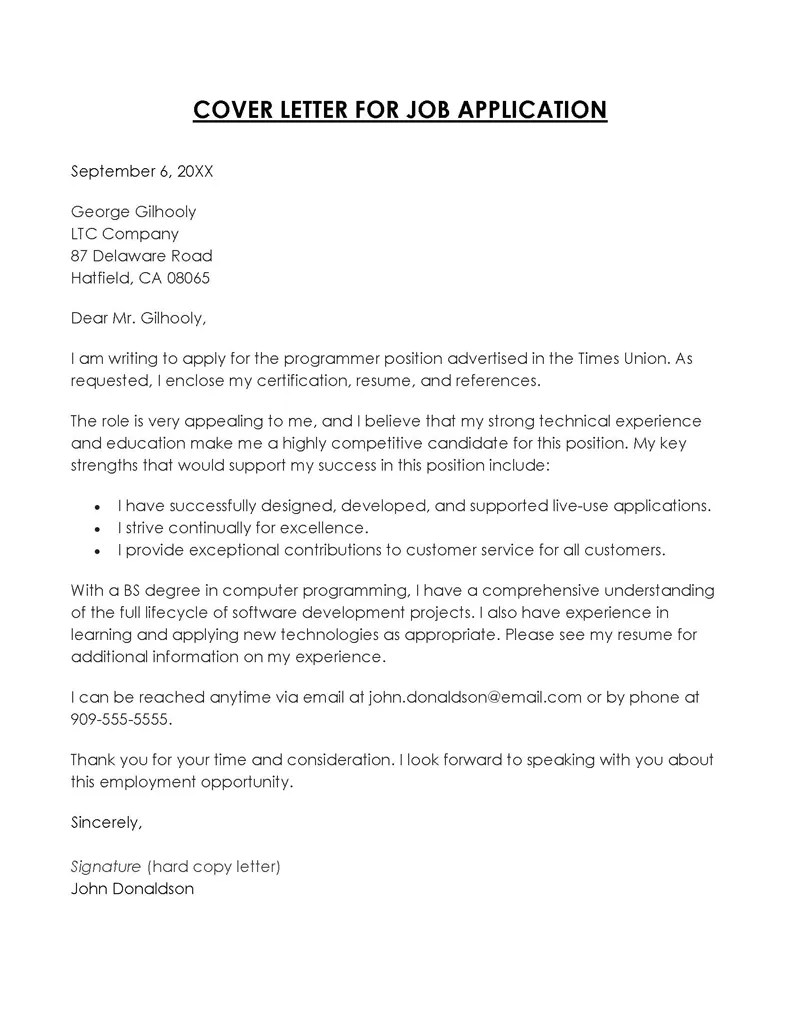Understanding the Cover Letter Why It Matters
In the competitive world of job applications, a well-crafted cover letter is your secret weapon. More than just a formality, it’s your first chance to make a strong impression and differentiate yourself from other candidates. It provides a platform to tell your story, highlight your skills, and express your genuine interest in the position. Ignoring this crucial document can significantly diminish your chances of securing an interview. A compelling cover letter demonstrates professionalism, attention to detail, and a proactive approach to your job search. It gives you an opportunity to showcase your personality and passion, adding depth and context to the information presented in your resume. Effectively, it is the gateway to your next career move and neglecting it is like leaving money on the table. Therefore, understanding its significance is the first step towards writing a winning application.
The Purpose of a Cover Letter
The primary purpose of a cover letter is to introduce yourself to the hiring manager and express your interest in a specific job. It serves as a personal introduction, setting the tone for your application. Beyond this, a cover letter provides context to your resume, allowing you to elaborate on your skills, experiences, and qualifications in a way that a resume alone cannot. It’s your chance to explain why you’re the perfect fit for the role and the company. Moreover, the cover letter showcases your writing skills, communication style, and attention to detail. It demonstrates your ability to articulate your thoughts and convey your enthusiasm. It also helps you to align your skills and experiences with the specific requirements of the job. In short, it is a persuasive document designed to convince the reader to invite you for an interview.
How a Cover Letter Complements Your Resume
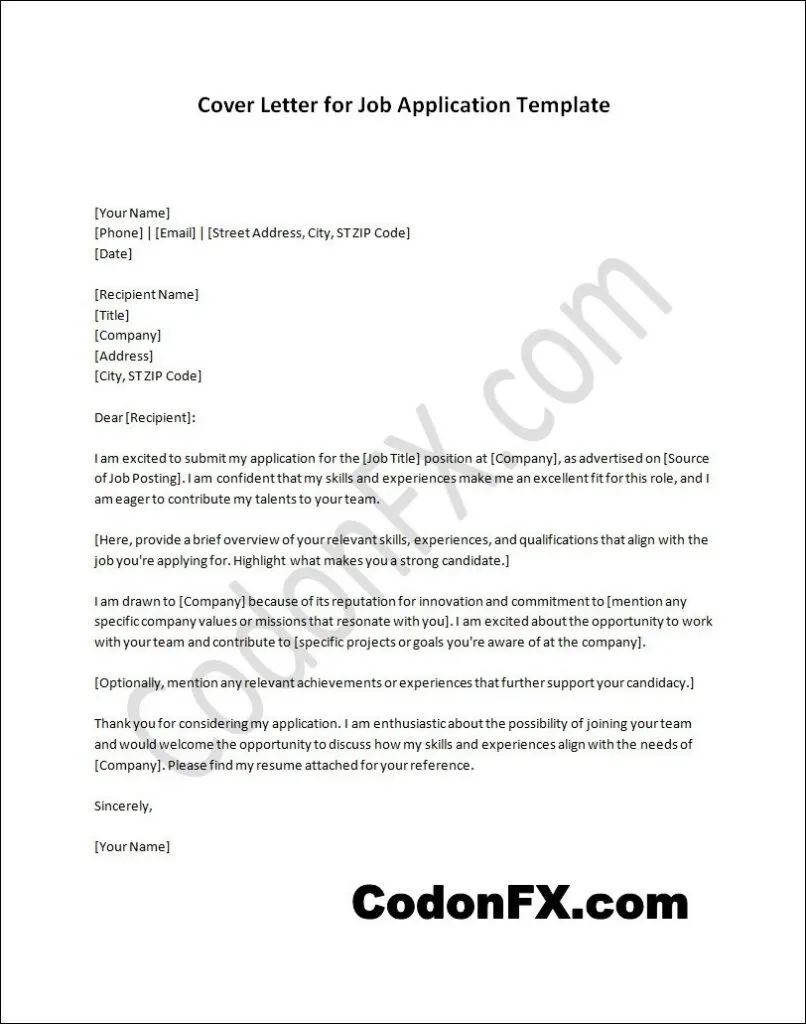
A cover letter and resume work hand in hand to create a complete picture of your qualifications. While your resume provides a factual overview of your work history, education, and skills, the cover letter offers a more narrative perspective. It allows you to connect the dots and explain why you are a strong candidate. The resume highlights what you have done, while the cover letter explains why you did it and what you achieved. The cover letter provides context to your accomplishments, adding depth and personality that a list of bullet points cannot. It enables you to tailor your application to the specific job, emphasizing the experiences and skills that are most relevant to the position. By complementing your resume, the cover letter ensures that your application is comprehensive, persuasive, and memorable. This combined approach increases your chances of catching the attention of the hiring manager and securing an interview opportunity.
Key Components of a Winning Cover Letter
Header Essentials Contact Information and Date
Your cover letter begins with a professional header. This section includes your contact information – your name, phone number, email address, and optionally, your LinkedIn profile URL. This ensures the hiring manager can easily reach you. Below your contact information, include the date the cover letter is written, followed by the recipient’s information, if known. Include the hiring manager’s name, their title, and the company’s name and address. If you are unsure of the hiring manager’s name, research the company or use a general salutation like ‘Dear Hiring Manager’. Ensuring your header is accurate and professional sets a positive tone and shows attention to detail, which is critical in any job application. It is a small but essential detail that communicates professionalism and respect.
Crafting a Compelling Opening Grab Attention
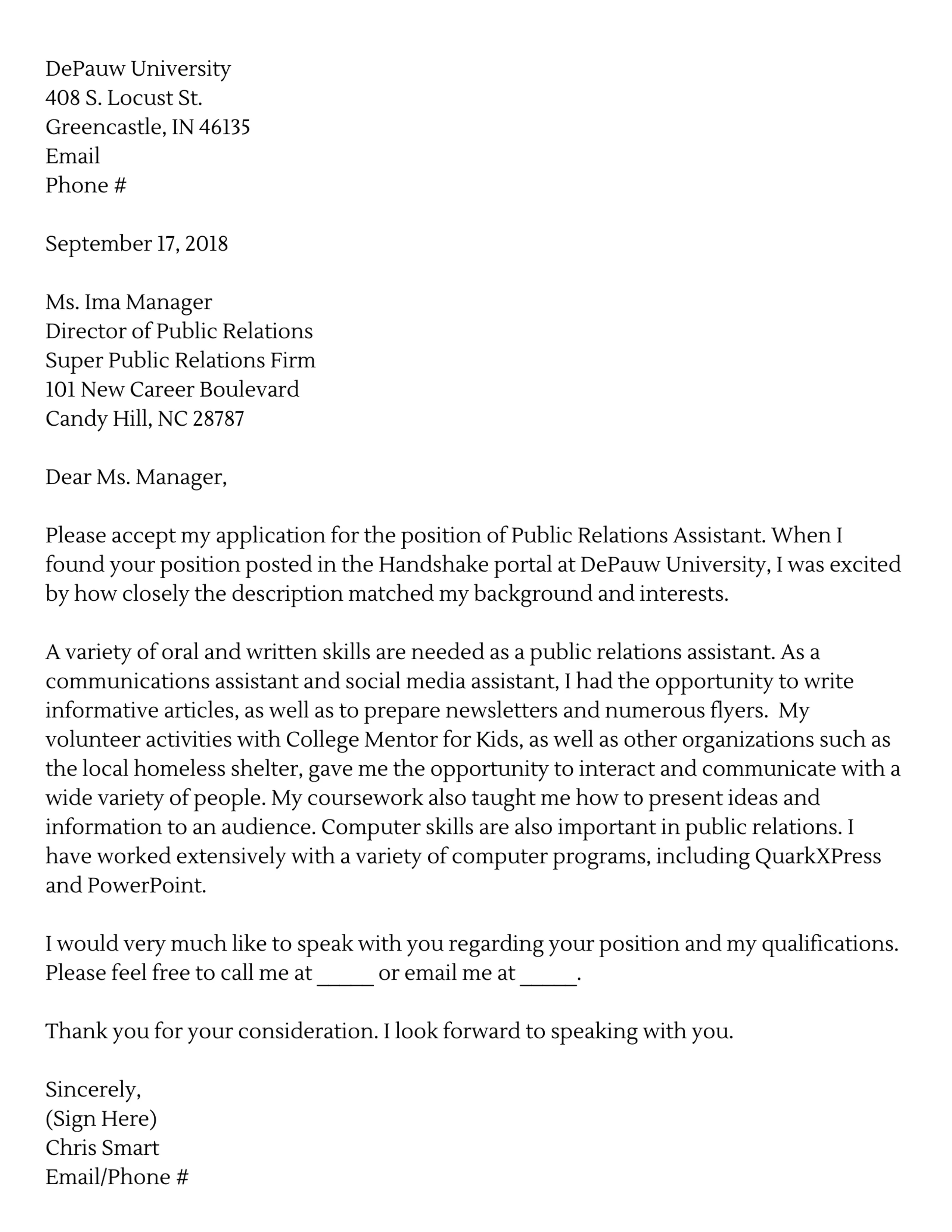
The opening paragraph is your first and often only chance to grab the hiring manager’s attention. Avoid generic openings like ‘I am writing to apply for the position of…’ Instead, start with a strong statement that immediately conveys your enthusiasm for the role and the company. Mention the specific job title and where you found the listing. You can also share a brief, impactful statement about your most relevant skill or achievement. Consider using a question or an anecdote to engage the reader. Show your knowledge of the company, or make a reference to a project you admire. The goal is to hook the reader and make them want to learn more about you. A well-crafted opening sets the stage for the rest of your letter and encourages the reader to continue reading. A great opening makes you stand out from the crowd.
Highlighting Your Skills and Experience
The body of your cover letter is where you connect your skills and experience to the job requirements. Review the job description carefully and identify the key skills and qualifications the employer is seeking. Then, provide specific examples from your work history, education, or projects that demonstrate your abilities. Use the STAR method (Situation, Task, Action, Result) to structure your examples, providing clear context and highlighting your achievements. Tailor your examples to the specific requirements of the job, emphasizing the most relevant experiences. Quantify your achievements whenever possible, using numbers and data to showcase your impact. For example, instead of saying ‘Managed social media campaigns,’ say ‘Increased social media engagement by 30% in six months.’ Highlighting your skills and experiences clearly and effectively is crucial for demonstrating your value to the potential employer. Show, don’t just tell, the employer what you can do.
Showcasing Relevant Achievements
Focus on achievements rather than simply listing responsibilities. Achievements demonstrate your capabilities and the value you bring to an organization. Use action verbs to describe your accomplishments, and quantify your results whenever possible. For instance, if you improved a process, mention the percentage of efficiency gained. If you increased sales, state the specific sales increase. If you received recognition, mention the award. By showcasing your relevant achievements, you provide concrete evidence of your skills and experience. This approach allows the hiring manager to quickly understand your impact and potential contributions to the company. Remember, achievements prove your abilities, making your application more compelling.
Tailoring Your Letter to the Job Description
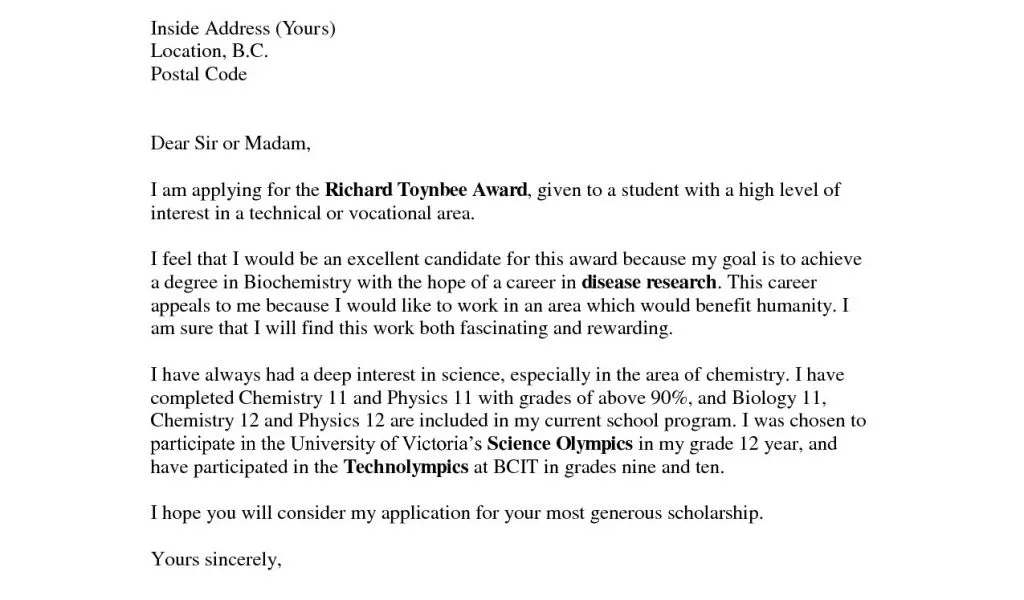
A generic cover letter that is sent to every job application is usually ineffective. Tailoring your cover letter to each specific job is essential. Carefully read the job description and identify the key skills, qualifications, and requirements. Then, customize your letter to highlight the experiences and achievements that align with those needs. Use the same keywords and phrases from the job description to demonstrate your understanding of the role and the employer’s expectations. Avoid simply repeating your resume. Instead, expand on your accomplishments and explain how they make you the ideal candidate. Tailoring your letter demonstrates your attention to detail, your genuine interest in the position, and your understanding of the company’s needs. Take the time to do your research and customize your letter; this investment significantly increases your chances of getting an interview.
Using Keywords Effectively
When tailoring your cover letter, incorporate keywords from the job description. These keywords are often used by applicant tracking systems (ATS) to scan applications and identify relevant candidates. Review the job description and identify the key skills, qualifications, and requirements. Weave these keywords naturally into your cover letter, using them in your descriptions of your experience and achievements. Ensure the keywords are relevant and accurately reflect your skills. Avoid keyword stuffing, which can make your letter sound unnatural and detract from your qualifications. The strategic use of keywords ensures your application gets noticed by both the ATS and the hiring manager. It demonstrates that you have read the job description carefully and understand the role’s requirements. This attention to detail will boost your chances of landing an interview.
Demonstrating Your Enthusiasm
Expressing genuine enthusiasm for the role and the company is an essential part of a compelling cover letter. Show your excitement by explaining why you are interested in the specific job and organization. Research the company and mention any projects, products, or values that resonate with you. Explain how your career goals align with the company’s mission. Share your passion for the industry or the type of work involved. Avoid generic statements and show your personality. Demonstrate a clear understanding of the company’s needs and explain how your skills and experiences can contribute to their success. Your enthusiasm can set you apart from other candidates, making you memorable and showing you’re more than just qualified; you’re engaged and motivated.
Closing the Letter with Confidence
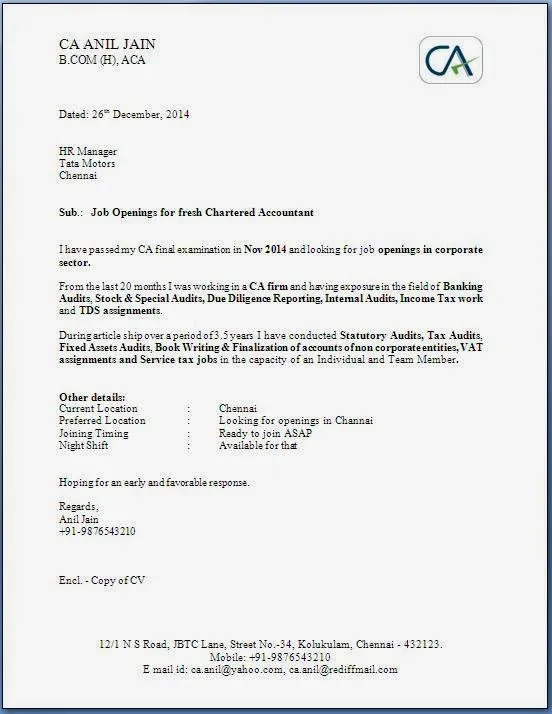
Your closing paragraph should summarize your interest in the role and reiterate your qualifications. State your enthusiasm for the opportunity and what you can bring to the company. Express your gratitude for their time and consideration. Include a call to action, such as expressing your availability for an interview or inviting them to contact you with any questions. Use a professional closing, such as ‘Sincerely’ or ‘Best regards,’ followed by your name. Proofread your closing paragraph carefully to ensure it’s free of errors and conveys a positive impression. Your closing paragraph should leave a lasting positive impression and encourage the hiring manager to take the next step.
Expressing Gratitude and Call to Action
Always thank the hiring manager for their time and consideration in your closing paragraph. This shows respect and professionalism. In addition to expressing gratitude, include a clear call to action. This prompts the hiring manager to take the next step, such as scheduling an interview. State that you are available for an interview at their earliest convenience or that you look forward to hearing from them soon. Provide your contact information again, just in case. A call to action ensures that your application doesn’t end passively. The perfect call to action helps move your application forward in the hiring process.
Cover Letter Formatting Making a Positive Impression
Font Choices and Readability
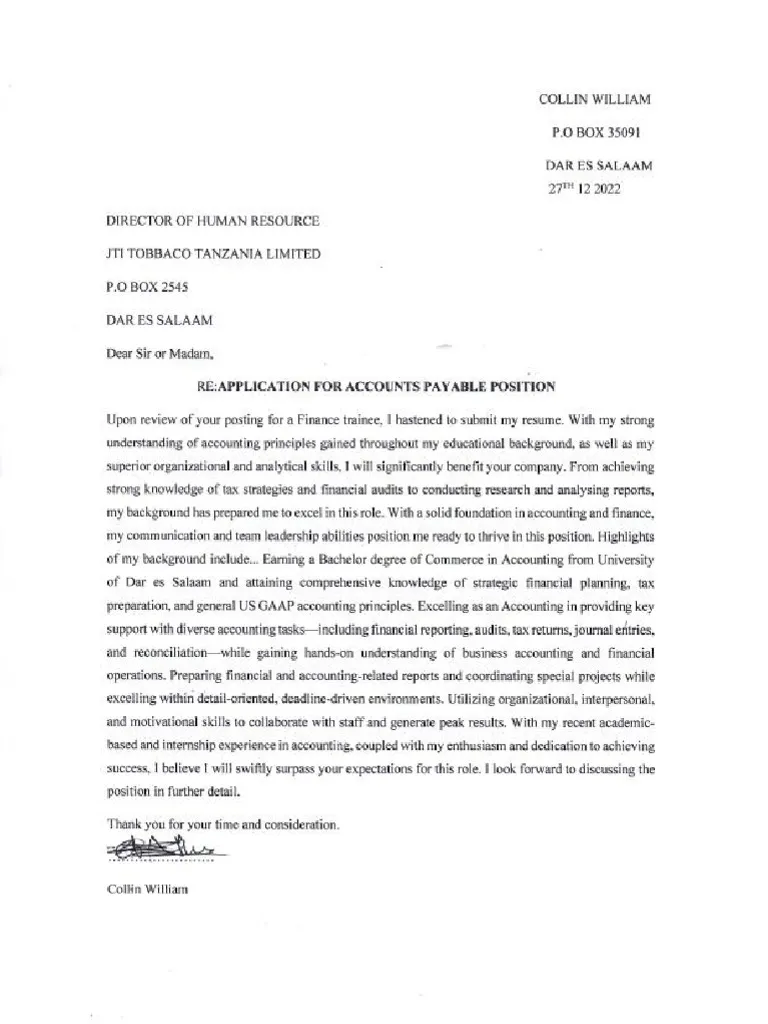
The formatting of your cover letter significantly impacts its readability and professional appearance. Choose a professional and easy-to-read font, such as Times New Roman, Arial, or Calibri. Keep the font size between 10 and 12 points. Ensure the text is clear and easy to read. Use consistent formatting throughout the document, including the font style, size, and spacing. This consistency creates a professional look and helps the reader focus on the content, not the formatting. Avoid using overly ornate or unusual fonts, as they can be distracting and make your cover letter difficult to read. A clean, well-formatted cover letter demonstrates your attention to detail and respect for the reader’s time.
Length and Structure
Aim for a cover letter that is concise and focused, ideally no more than one page. Structure your letter with clear paragraphs and logical flow. Start with a compelling opening, followed by the body, which highlights your skills and experience. Ensure the closing is strong and includes a call to action. Use headings and subheadings to break up the text and improve readability. Use bullet points when appropriate to highlight key achievements or skills. Maintain a professional tone throughout the letter and proofread carefully to ensure it is free of errors. The length and structure of your cover letter should be professional, well-organized, and easy to read, which demonstrates respect for the hiring manager’s time.
Proofreading and Editing Avoiding Mistakes
Common Cover Letter Mistakes to Avoid
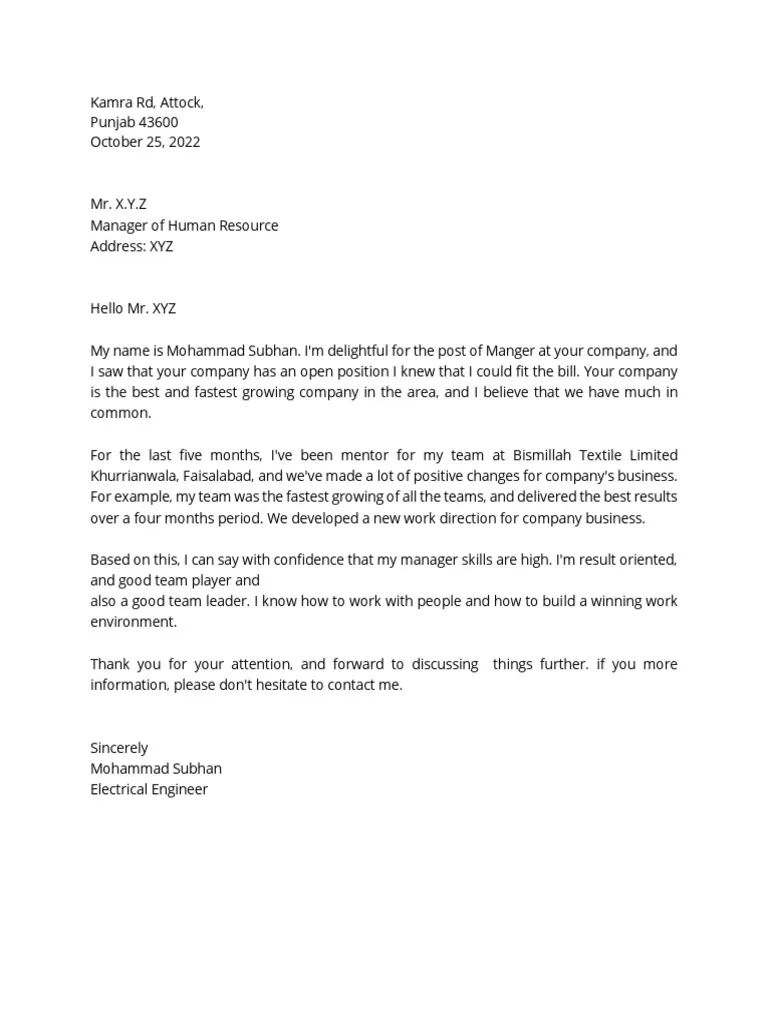
Proofreading and editing are critical steps in the cover letter writing process. Carefully review your cover letter for any grammatical errors, typos, and spelling mistakes. Check for clarity, conciseness, and a professional tone. Ensure that your writing is free from jargon or overly complex language. Ask a friend, family member, or career counselor to review your letter for feedback. Getting a second pair of eyes can help you catch mistakes that you might have missed. Proofreading and editing demonstrates your attention to detail, and it is a small but very important step in securing an interview. It proves you take the application process seriously.
Generic and Vague Statements
Avoid using generic and vague statements that lack specificity. Instead of saying ‘I am a hard worker,’ provide specific examples of your work ethic and accomplishments. Instead of saying ‘I have good communication skills,’ provide concrete examples of how you have effectively communicated with colleagues, clients, or customers. Back up your claims with evidence and avoid making unsubstantiated statements. Using specific examples and quantified results will make your cover letter much more persuasive and memorable. Vague statements often make you seem like a less-than-ideal candidate.
Typos and Grammatical Errors
Typos and grammatical errors can undermine your credibility and create a negative impression. Carefully proofread your cover letter to ensure that it is free from errors. Use a spell checker and grammar checker, but don’t rely on these tools alone. Read your letter aloud to catch any awkward phrasing or mistakes. Get a second pair of eyes to review your letter for any errors you might have missed. A cover letter with errors suggests a lack of attention to detail and reflects poorly on your professionalism. A cover letter should be polished and reflect your best work.
Failing to Tailor to the Specific Job
One of the most common mistakes is failing to tailor the cover letter to the specific job. As mentioned earlier, each cover letter should be customized to match the requirements of the position. Take the time to research the company and the role. Identify the key skills and qualifications the employer is seeking. Tailor your letter to highlight the experiences and achievements that align with the job description. This demonstrates your genuine interest in the position and your understanding of the company’s needs. By tailoring your letter, you increase your chances of making a positive impression on the hiring manager and securing an interview.
Cover Letter Examples Learn From the Best
Studying cover letter examples can provide valuable insights and inspiration. Look for examples that are relevant to your industry, experience level, and the type of job you are applying for. Analyze the structure, language, and tone of these examples, paying attention to how the authors highlight their skills and achievements. Take notes on effective openings, compelling body paragraphs, and strong closing statements. You can also use these examples as templates, adapting them to your own situation and customizing them to fit your needs. Remember that while examples can be helpful, your cover letter should be original and reflect your unique personality and experience. When studying cover letter examples, learn the different styles and take what works for you to build your own winning application.
Cover Letter Example for Marketing Position
A cover letter for a marketing position should highlight your experience in marketing campaigns, social media management, content creation, and data analysis. Demonstrate how you have successfully increased brand awareness, generated leads, and improved customer engagement. Show your understanding of marketing strategies and tools. Include examples of your past work, such as successful campaigns, social media strategies, or content creation. Highlight your creativity, analytical skills, and ability to drive results. Tailor your letter to the specific marketing role and company you are applying for. If they are advertising a need for email marketing, highlight those achievements. If SEO skills are needed, show how you’ve performed in that area. By using relevant examples, you will get noticed.
Cover Letter Example for Software Engineer
A cover letter for a software engineering position should showcase your technical skills, coding experience, and problem-solving abilities. Mention the programming languages, software, and tools you are proficient in. Highlight your experience with software development, testing, and debugging. Provide examples of your contributions to projects, such as the development of specific features, improvements in performance, or solutions to technical challenges. Demonstrate your ability to work in a team, communicate effectively, and stay up-to-date with the latest technologies. Tailor your letter to the specific software engineering role and company you are applying for. By providing evidence of your technical skills, you’ll boost your chances.
Cover Letter Example for Project Manager
A cover letter for a project manager position should highlight your experience in managing projects, leading teams, and achieving successful outcomes. Demonstrate your ability to plan, organize, and execute projects, including managing budgets, timelines, and resources. Showcase your communication, leadership, and problem-solving skills. Provide examples of your successful projects, highlighting your role, responsibilities, and results. Mention any project management methodologies you are familiar with, such as Agile or Scrum. Tailor your letter to the specific project manager role and company you are applying for. Highlighting those specific projects will boost your chances of landing the job.
Final Thoughts on Cover Letters Your Key to Success
Writing a compelling cover letter is a crucial step in the job application process. By understanding the purpose of a cover letter, mastering its key components, and avoiding common mistakes, you can significantly increase your chances of landing an interview. Remember to tailor your cover letter to each specific job, highlighting your skills and achievements and demonstrating your enthusiasm for the role and the company. Proofread and edit carefully to ensure your letter is free of errors. With practice and attention to detail, you can create a cover letter that showcases your potential and helps you land your dream job. Take the time to write a cover letter that stands out.
